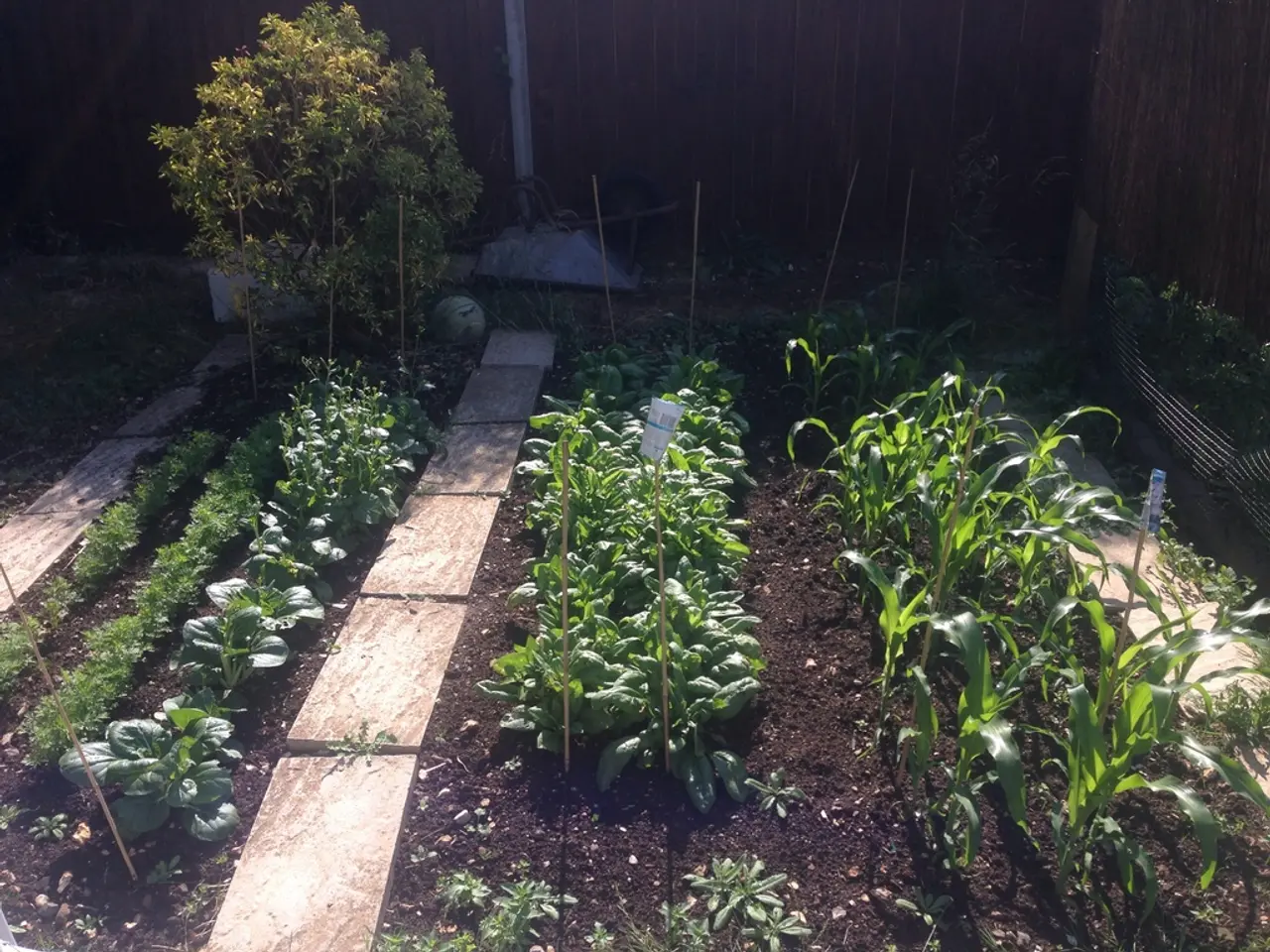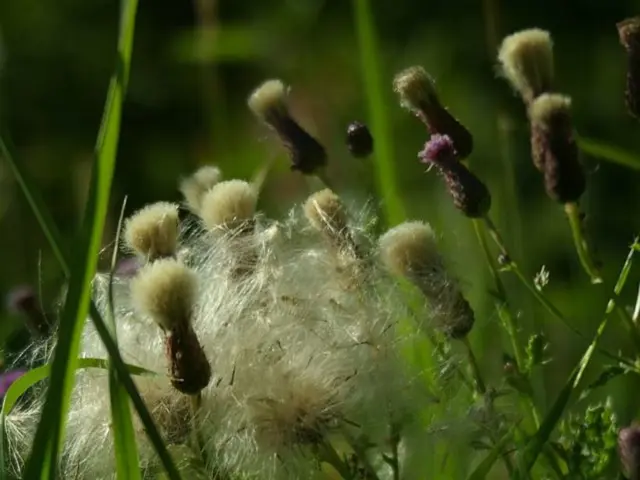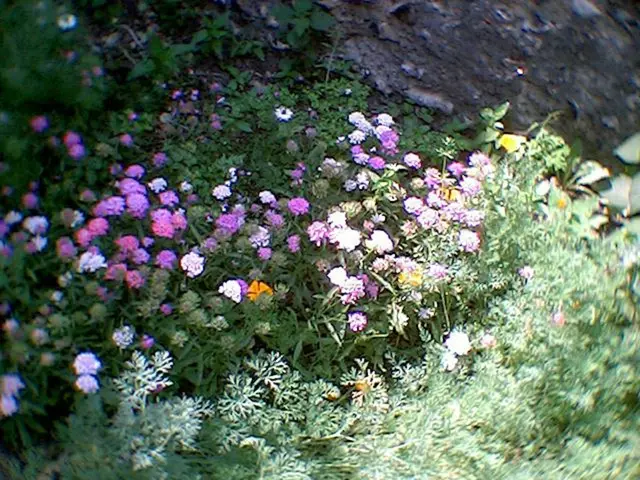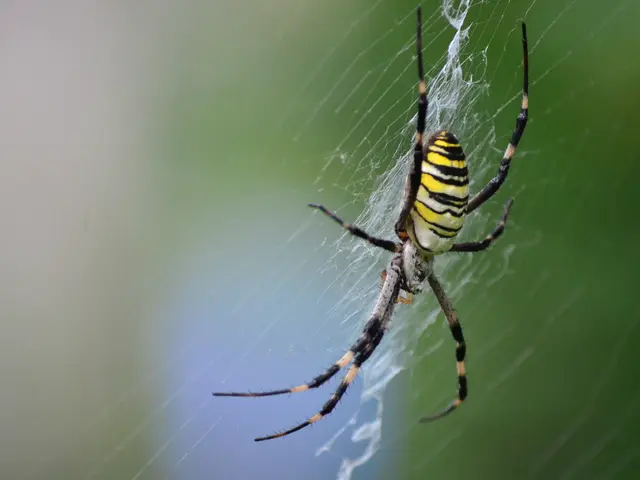Comparison and Explanation of Terrarium, Vivarium, and Other 'Ariums'
In the captivating world of container-based habitats, it's essential to comprehend the key differences between terrariums, vivariums, aquariums, and their related counterparts. These unique ecosystems, each with its purpose, construction, environmental conditions, and inhabitants, cater to a diverse range of plants and animals.
Terrariums, primarily designed for growing plants, are a popular choice for terrestrial or semi-terrestrial species. Constructed from a completely or partially glazed container, they allow light penetration and can be open or closed. These environments are typically humid and retain moisture, with soil or substrate to mimic terrestrial habitats. Suitable plants include ferns, mosses, air plants, and tropical plants, while small reptiles, amphibians, and invertebrates can also inhabit these containers [1][4].
Vivariums, a broader term for enclosed areas for living animals or plants under semi-natural conditions, share similarities with terrariums but are designed with a focus on animal habitat requirements. They provide controlled humidity, temperature, and ventilation, tailored to the species they house. Vivariums may include plants for habitat enrichment [1].
Aquariums, on the other hand, are fully aquatic environments used for raising fish and crustaceans. These glass or acrylic tanks are filled with water, equipped with filtration and lighting systems to maintain an aquatic environment with controlled water chemistry, aeration, and lighting. True aquatic plants like Vallisneria and Ceratophyllum thrive in these environments [3].
Paludariums, a hybrid system, combine terrestrial and aquatic environments, favouring semi-aquatic animals like lizards and frogs. These tanks include both water and land areas to support species that need both environments [3][5].
Insectariums are habitats built to house all manner of insects, while a mossarium is a container dedicated entirely to growing moss. Penguinariums and dolphinariums are rocky environments used in zoos for penguins and dolphins, respectively. A formicarium, otherwise known as an ant farm, is a specific type of insectarium [2].
Ripariums contain earth and aquatic elements, creating an environment like a riverbank. The Latin suffix "arium" means "container," while the prefixes "terra" (meaning "earth") and "vivere" (meaning "to live") indicate the contents of the containers. The term "vivarium" describes a container system for animals, but its name is ambiguous as it suggests a "place of life," which can be interpreted as an environment [6].
When choosing a container system, it's crucial to consider the species kept and the ecological conditions that need to be replicated, ranging from purely terrestrial, aquatic, or mixed environments. Plants suitable for terrariums tend to be moisture-loving but not submerged, whereas aquarium plants must be fully underwater and adapted to aquatic life [3]. Following a shopping list or tutorial for the wrong container (terrarium or vivarium) can lead to failure in creating the appropriate environment for the intended inhabitants.
By understanding these differences, hobbyists and enthusiasts can create optimal environments for their plants and animals, fostering healthy growth and ensuring the well-being of their inhabitants.
In the realm of container-based habitats, home-and-garden enthusiasts often choose terrariums for growing moisture-loving plants, such as ferns, mosses, air plants, and tropical species, which thrive in humid and retentive environments. On the other hand, aquariums, designed for aquatic plants like Vallisneria and Ceratophyllum, are filled with water, maintained with filtration and lighting systems, and cultivate a fully aquatic environment.








